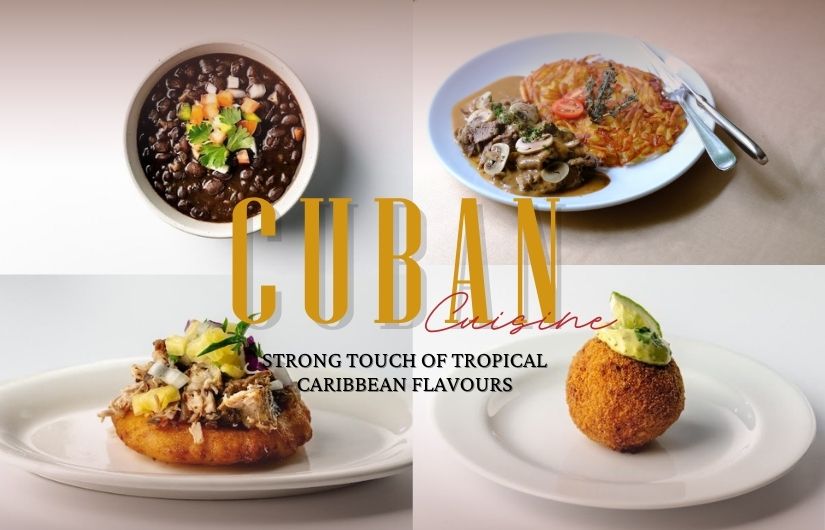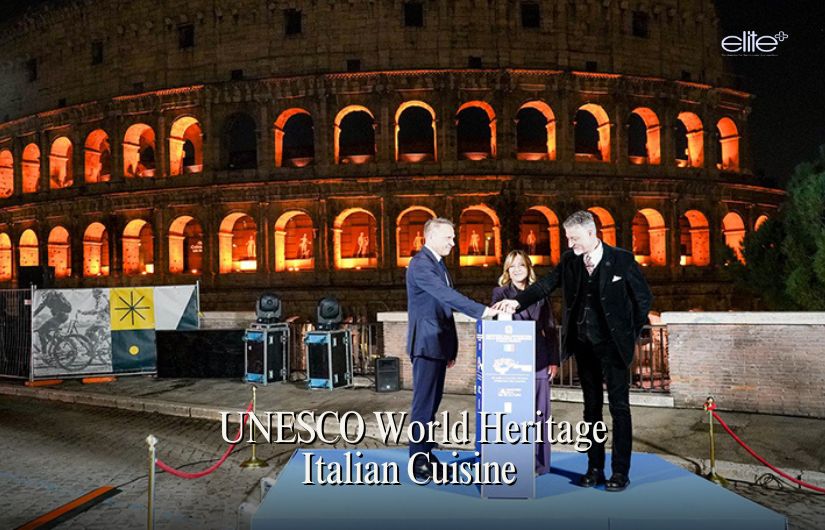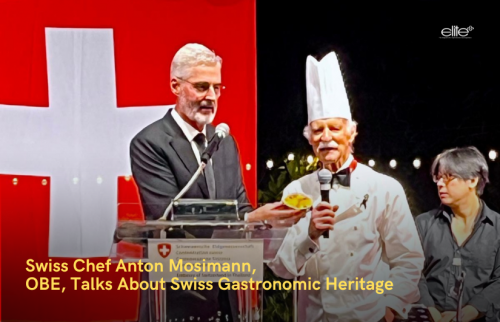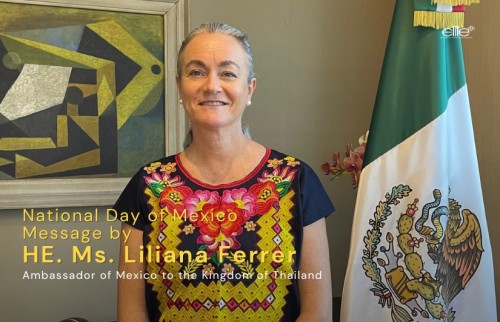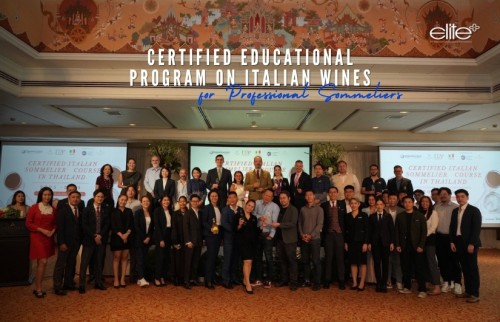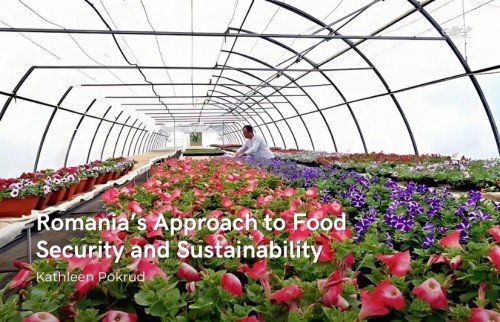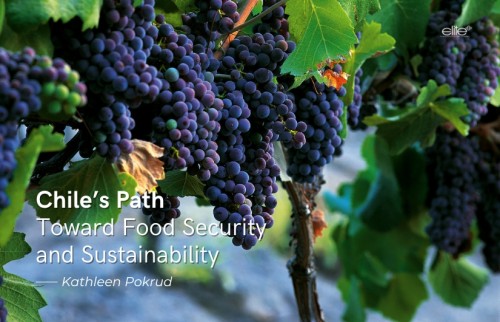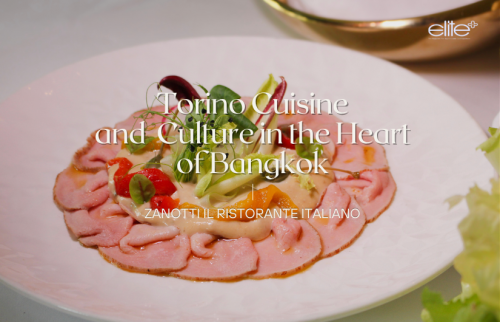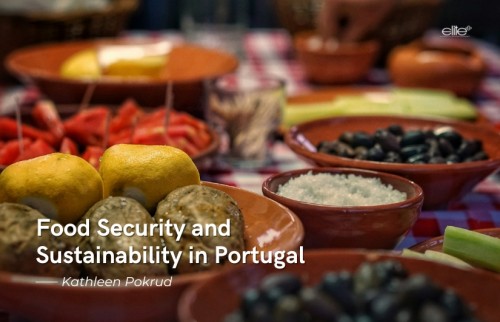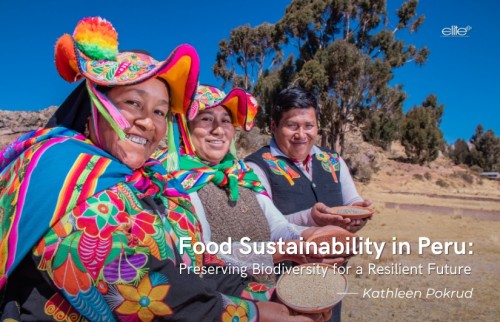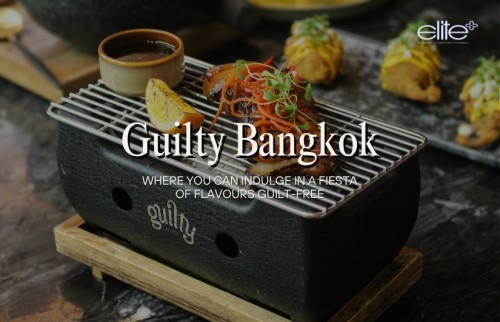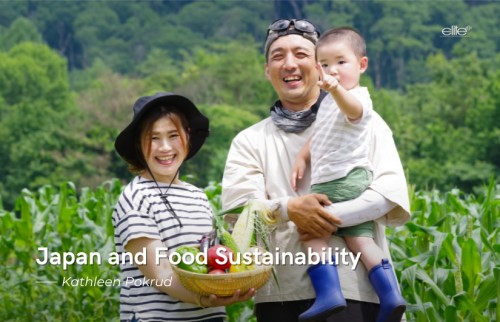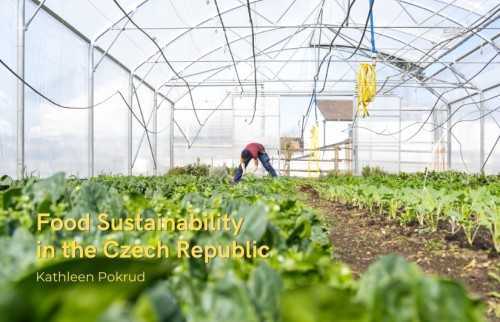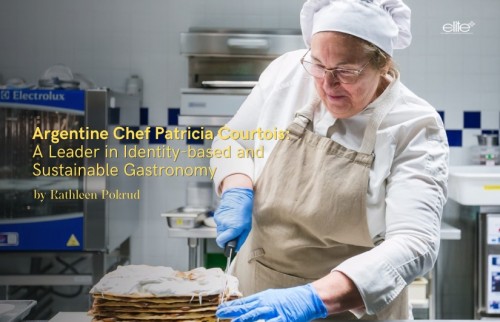Cuban Cuisine: Strong Touch of Tropical Caribbean Flavours
By Kathleen Pokrud
Cuba is the largest island in the Caribbean Sea. Its cuisine is a rich blend of Spanish, African and Caribbean influences, reflecting the island's diverse cultural history. Incorporating a fusion of ingredients and techniques brought by different cultures throughout its history, Cuban cuisine features a wide array of flavours, combining spices, tropical fruits, root vegetables, rice, beans, meat and seafood. The creative use of an abundance of ingredients results in its cuisine characterized by boldness and simplicity. I sat down with HE Ambassador Pedro Pablo San Jorge Rodriguez to learn the exotic culinary story of Cuba.
_542355605.jpg)
Ambassador Pedro first explained, “The colonization of Cuba by Spain introduced strong Spanish influences on our cuisine. Other culinary drivers came from the indigenous people of Cuba, African slaves and French colonists from Haiti.”
Cuban cuisine is strongly represented by seafood. He highlighted, “Cuba is an island, making seafood widely available to be featured in Cuban cuisine. Another contributing factor to our cuisine is that Cuba is in a tropical climate, which produces fruits and root vegetables that are used in many Cuban dishes.”
He went on, “Spanish colonizers brought their culinary traditions to the island, including techniques for preserving meats, seafood and vegetables, as well as spices and seasonings that are still used in traditional Latin American dishes today.
African slaves and food in Cuba were inseparable, and their influence can be seen in many iconic Cuban dishes, like black beans and fried plantains that have African roots.”
As our interview drew to a close, Ambassador Pedro highlighted Cuban cocktails. “Cuban rum drinks are famous around the world and recognized as some of the best. Combined with the freshest sugar cane and fruits in the Caribbean, they create perfect recipes for the best Cuban cocktails, many of which are famous around the world, namely Cuban Mojito, Cuban Daiquiri and Canchánchara.
Key Representative Dishes
Ajiaco is a stew made with meat, vegetables and starchy root vegetables, showcasing the blending of African, Spanish and indigenous influences that make Cuban cuisine so unique and delicious.
Ropa Vieja (Shredded beef) is considered the national dish of Cuba. This hearty stew made with shredded beef, tomatoes, onions and peppers is traditionally served with yellow rice and a glass of cold beer on the side. Similar to many Cuban dishes, this meal originated in Spain and was brought by the Spaniards.
Moros y Cristianos (Moors and Christians) is also considered a national dish of Cuba. The dish is a hearty combination of fluffy white rice and seasoned black beans, cooked together in the same pot. Originally Spanish, white rice represents the Spanish Christians while black beans are supposed to be the Muslim Moors, remembering a long period of wars between the two, known as Reconquista, and celebrating how both groups came to reconciliation in the Iberian Peninsula.
Frijoles Negros (Cuban Black beans soup) is a classic family recipe made with dried black beans, water, garlic, olive oil, sazon Latino, bay leaves and green pepper (named ají cachucha). This pepper is not spicy but, when added to the black beans, infuses a pleasant taste, very characteristic of this classic recipe.
Enchilado de langosta (Cuban style Lobster Creole) is one of the few spicy Cuban dishes. Caribbean lobsters are distinct by white dots that run along both sides of their tails. They are found in warmer waters of the Cuban and other Caribbean islands. This dish is known in English as Lobster & Shrimp Creole. Creole dishes were influenced by the French & Spanish. The lobster and shrimp are cooked in a tomato based sofrito known as Sofrito Criollo.
Lechón Asado is succulent roasted pig, marinated in citrus juices, garlic and spices, then slow-roasted until the skin becomes crispy. This elaborate dish is a centrepiece of festive occasions and celebrations in Cuban culture.
Arroz con Pollo (rice with chicken) manifests as a comforting, one-pot wonder, representing the simplicity and soulfulness of Cuban home cooking. Its history is traced to the Moors who occupied Spain for nearly eight centuries, introducing rice and the profound golden hue of saffron to Spanish cuisine. When Spaniards set foot on Cuban shores, they brought this humble rice dish with them. In Cuba, it blossomed into a distinctive variant, absorbing local ingredients and culinary influences, providing a meal that has graced Cuban tables for generations, symbolizing home and community, together with the melting of different cultural influences resulting into a harmoniously delicious meal.
Tostones (twice-fried green plantains) originates from West African cuisine, where plantains were extensively used and brought to the Caribbean through the complex pathways of the Transatlantic slave trade. Afro-Cuban communities began utilizing plantains as a hearty and accessible resource, creating dishes that stood the test of adversity and time. Tostones embody resilience, crafting from hardship a dish that celebrates community, becoming a staple that transcends class and has long been embraced nationwide.
Yuca (cassava) have long been cultivated by the indigenous Taino people. The Spanish conquest introduced new culinary influences that intermingled with the native diet, giving birth to creations like Yuca con Mojo served with a garlicky citrus sauce. This dish carries a narrative of endurance to highlight the unwavering spirit of the Cuban people through times of changes and challenges.
Malanga fritters are root vegetables similar to taro commonly cultivated in Cuba. Indigenous peoples have cultivated malanga for centuries, tapping into its nutritive and hearty nature to create various culinary delights. The Spanish colonization did not alter the popularity of this tuber. Instead, it was interwoven with culinary traditions from Africa, Spain and other cultures, solidifying dishes like Frituras de Malanga in the diverse culinary tapestry of Cuba.
Cascos de Guayaba (Guava Hulls) is a popular Cuban dessert. Guava is one of the most internationally known Cuban fruits, along with mango and mamey. Their shells are a decadent traditional dessert, accompanied by cheese or cream.
Buñuelos (Yucca fritters in syrup) are a Christmas delight coming from Spanish culinary traditions with more preparations. Shaped into the number 8 signifies the infinity symbol of good luck. The recipe contains egg, anis, taro, cassava, flour, oil and salt. The dough is fried and left to cool, to be served with syrup on top.


